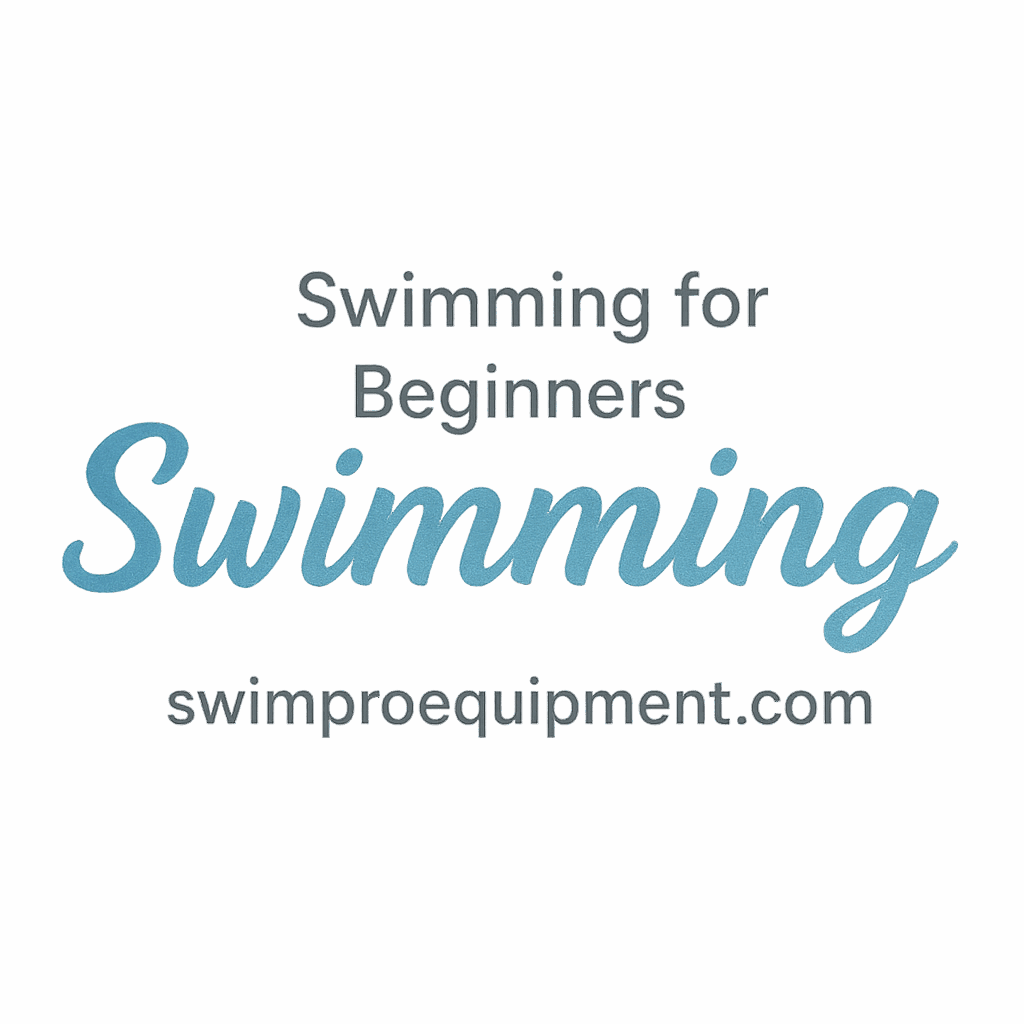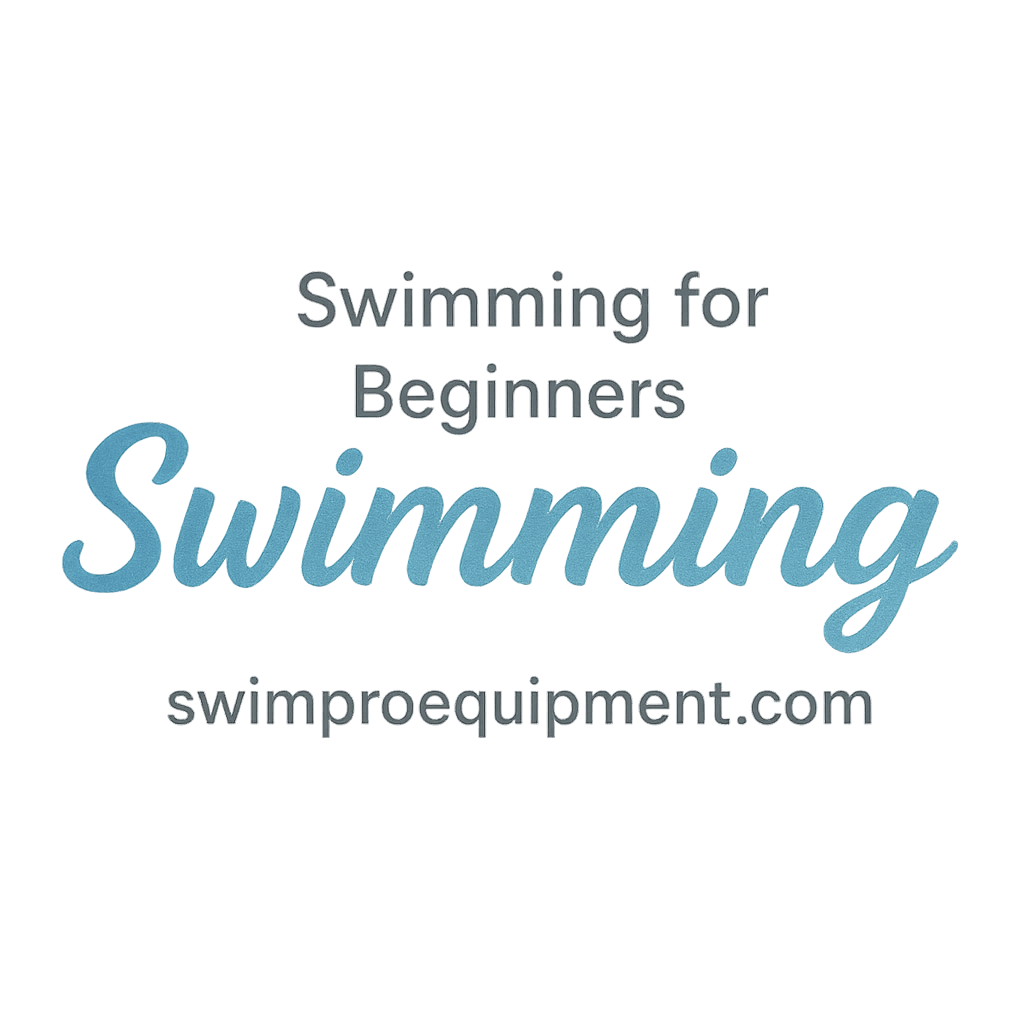Struggling to breathe comfortably while swimming? You’re not alone. Breathing is one of the trickiest things to master in the water, especially for beginners. The good news? With the right techniques and a bit of practice, you can transform your breathing from frantic gasps into smooth, rhythmic inhales and exhales. Let’s dive into 7 practical tips to improve your swimming breathing technique.
Why Swimming Breathing Matters
Breathing in swimming isn’t just about getting oxygen — it’s about staying relaxed, keeping your form, and maintaining endurance. Poor breathing can throw off your rhythm, tire you out faster, and even make swimming feel frustrating.
Whether you’re doing laps for fitness or preparing for a competition, effective breathing is the glue that holds your stroke together.
Common Breathing Mistakes Beginners Make
Before we fix your breathing, let’s look at what’s going wrong. Most beginners:
- Hold their breath underwater instead of exhaling
- Lift their head too high when inhaling
- Breathe irregularly or panic-breathe
- Forget to sync breathing with their strokes
Sound familiar? Don’t worry. We’ll fix all of that in this guide.
Tip 1: Master Your Body Position
The Importance of a Horizontal Body Line
Your body position plays a huge role in how easily you can breathe. If your hips drop, your head naturally lifts, making it harder to turn for a breath. Stay as horizontal as possible, like a streamlined torpedo.
Aligning Head and Spine for Better Breathing
Keep your head in a neutral position — eyes looking slightly forward and down. When you breathe, rotate your body instead of lifting your head. This keeps your mouth just above the surface, and you stay streamlined.
Related Internal Resources
Explore this Swimming Basics & Techniques guide to better understand posture and alignment.
Also check:
Tip 2: Learn Rhythmic Breathing Patterns
Bilateral vs Unilateral Breathing
Bilateral breathing (breathing on both sides) helps with balance and reduces neck strain. It also trains your lungs to be more efficient. While unilateral breathing (breathing on one side) is easier for some, switching sides helps improve stroke symmetry.
Best Rhythms for Freestyle
Try breathing every 3 strokes as a start. As your stamina improves, play with 2-3-2 or 3-2-3 breathing rhythms. Find what keeps you relaxed and in rhythm.
Need help staying consistent? Our Training Workouts for Beginners article breaks down routines to build breathing endurance.
Tip 3: Time Your Breath with Your Stroke
Exhale Underwater, Inhale Quickly
Don’t wait until your face is out of the water to exhale. Blow out steadily through your nose or mouth while your face is underwater. When you turn to breathe, you’re just inhaling — quick and easy.
Avoiding the “Gasp” Mistake
Gasping interrupts your rhythm and creates tension. Think of breathing like a sigh — natural, relaxed, and effortless.
For more on technique, visit the Swimming Technique Tag.

Tip 4: Practice with Drills and Gear
Using Fins and Snorkels
Tools like fins and snorkels can help isolate your breathing. Fins help you focus on body position, while snorkels allow you to work on breathing without turning your head.
Recommended Swimming Gear
Not all gear is created equal. Choose tools that support your breathing development.
Must-Have Equipment
Check out these resources for the best gear:
Tip 5: Build Lung Capacity and Breath Control
Dry Land Training Ideas
Try breath-hold exercises like box breathing or yoga. You can also try swimming-specific breath holds (under supervision) to stretch your lung capacity.
Water-Based Breathing Drills
Try drills like hypoxic swimming — breathe every 5, 7, or 9 strokes. Start small and build up.
Want more tips for health and safety? Visit:
Tip 6: Warm Up and Cool Down Properly
Pre-Swim Dynamic Warm-Ups
Jumping straight into the pool without preparing your lungs is like running a sprint without stretching. Try jumping jacks, arm circles, or breathing-focused warm-ups.
Cool Downs That Improve Lung Function
After your workout, swim slowly while practicing long exhales. It’s not just about muscles — your lungs need cooldowns too.
Internal Link: Warm-Up Tag
For warm-up tips, don’t miss this Tag: Warm-Up.
Tip 7: Track Your Progress and Stay Motivated
Journaling and Digital Trackers
Write down how many strokes you take per breath, how long you hold your breath, and how you feel after each swim. Tools like fitness watches can also help you track metrics.
Setting Achievable Goals
Start small — aim to breathe every 3 strokes for a full lap, then build. Celebrate wins, even small ones.
Progress Tools & Motivation
Explore these to stay on track:
Final Thoughts
Improving your swimming breathing technique isn’t something that happens overnight. But with consistency, the right tools, and a relaxed mindset, you’ll get there — breath by breath.
Whether you’re a beginner or looking to fine-tune your skills, use these tips to take control of your breathing and enjoy swimming more. And remember — the water isn’t your enemy. It’s your playground.
Explore more tips, gear, and training guides at SwimPro Equipment — your go-to resource for all things swimming!
FAQs
1. How long does it take to improve breathing in swimming?
Most swimmers notice improvements within a few weeks of consistent practice. It depends on how often you train and how well you follow structured breathing drills.
2. Should I breathe through my nose or mouth when swimming?
Exhale through your nose or mouth underwater. Inhale quickly through your mouth when turning your head to breathe.
3. What is the best breathing pattern for freestyle?
A 3-stroke breathing pattern is great for beginners. As you advance, experiment with bilateral or 2-3-2 patterns based on your comfort.
4. Can swimming improve my lung capacity?
Absolutely! Regular swim training strengthens your lungs and improves oxygen efficiency.
5. What drills help with swimming breathing?
Try side-kick drills, single-arm drills, and hypoxic training (e.g., breathing every 5 or 7 strokes).
6. Is it okay to use a snorkel while learning?
Yes! Snorkels are excellent for focusing on stroke technique without worrying about head movement or breathing.
7. What if I panic when trying to breathe in water?
Start slow. Practice exhaling in a shallow pool, get comfortable with your face underwater, and gradually build up. Relaxation is key.


